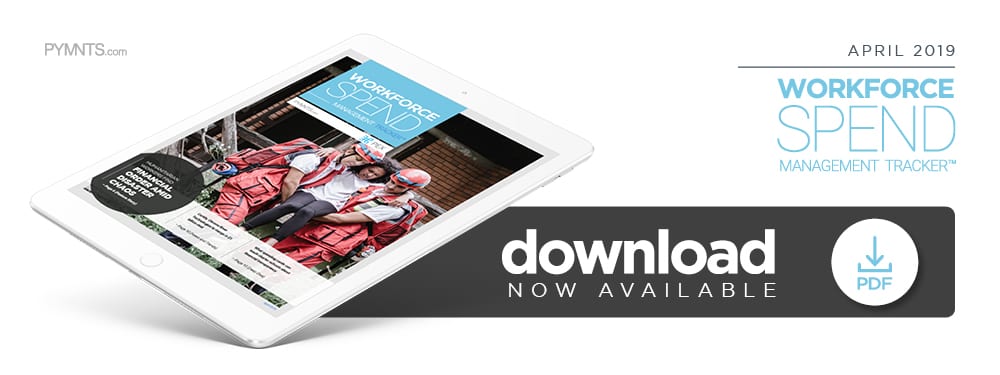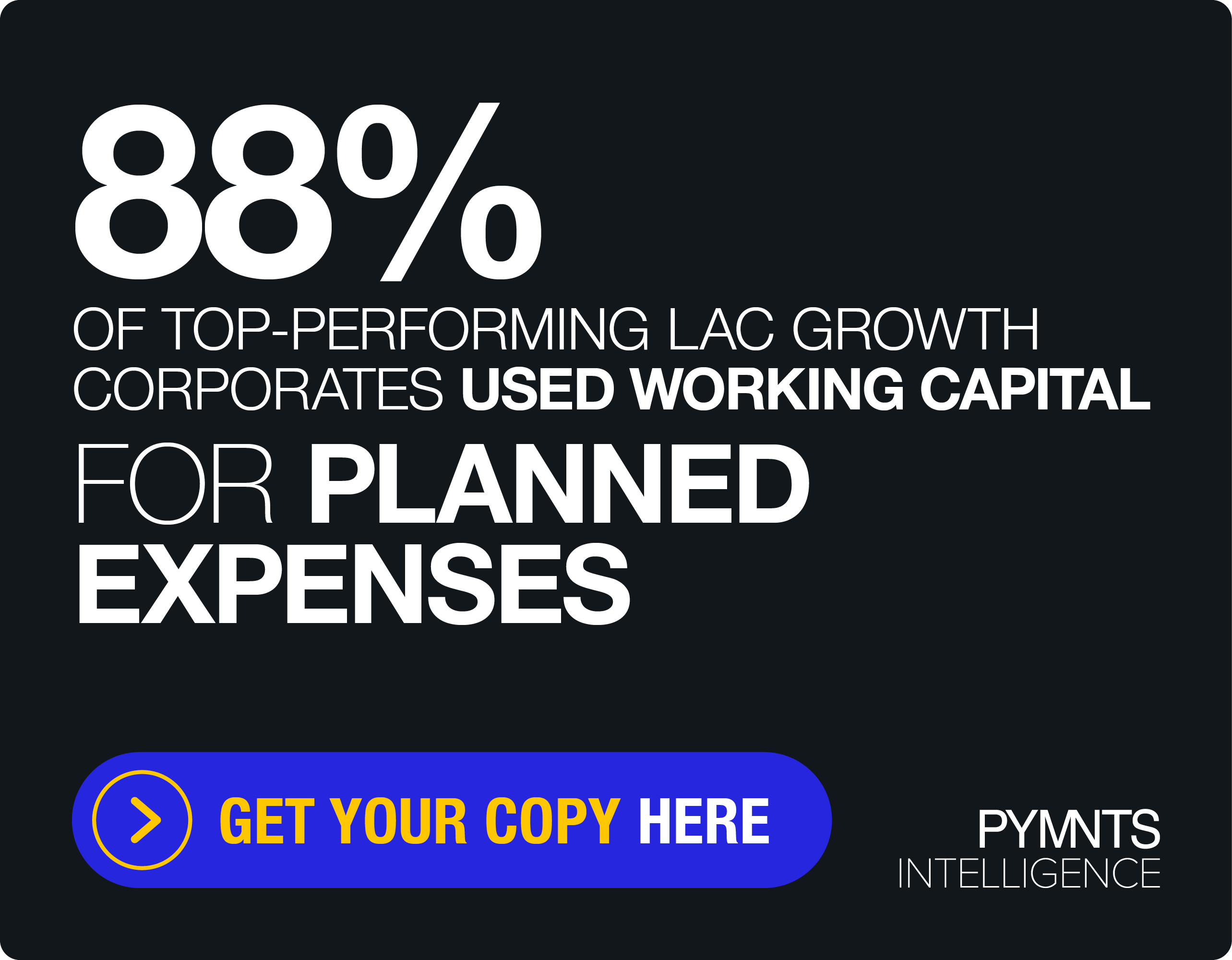Deep Dive: Spending Cards Help Charter School Procurement Make The Grade

Approximately 3.2 million students attended United States charter schools in 2017, according to some reports. These independently operated institutions do not charge tuition, but still rely on public funding to operate — and taxpayers, school officials and watchdogs all want to be assured that funds are spent appropriately. The following Deep Dive outlines how workforce spend tools could provide them with a crash course in financial transparency.
Although they operate with a greater level of autonomy, charter schools are still expected to be accountable for their expenses and demonstrate transparency. This means donors, grant issuers and taxpayers – in addition to the traditional public schools that protest charter schools are siphoning key funding away from them – want to be sure the funds received by charter institutions are put to good use. Procurement and spend management strategies are important to helping these schools comply with reporting requirements, prepare for audits and show judicial usage.
The following Deep Dive examines the challenges charter school employees face in keeping track of said funds, including how workforce spend solutions can provide educators with a lesson in financial transparency.
The Urgent Case for Transparency
Charter schools vary widely in governance and practices, but there have been high-profile cases of spending fraud. A vast portion of Arizona’s charter schools regularly falsified or failed to provide spending data from 2016 to 2017, according to nonprofit organization Arizonans for Charter School Accountability, with approximately 42 percent underreporting administrative expenditures. Meanwhile, other outlets reported the founder of an Arizona charter school chain made millions in profits by channeling state-provided school funds into his own businesses.
Such scandals make transparency and visibility into above-board institutions’ usage of public and donated funds even more important. Their fiscal well-being also requires them to prove every dollar is spent appropriately – but clear spend tracking and management can be a challenge. This is especially true in cases where employees whose primary duties are education-focused are making purchases on behalf of their schools.
Spend Management Cards
Like other small organizations, one- or two-school charter operations may rely on petty cash for purchases. The problem is that this approach can result in time-consuming record-keeping processes that require employees to manually fill out spending-related paperwork to be used during future budget reconciliation processes.
These staff members might also need lessons in how to responsibly spend and track work expenses, as teachers and administrators are often not trained procurement professionals. They may not be aware of how to find the best deals when asked to make purchases on behalf of their schools, for example, and might instead fall into a consumer shopping mindset and miss out on larger-scale purchasing benefits like supplier discounts or negotiated group purchasing rates.
Charter schools can tackle these issues by providing employees with procurement expense management cards. Limits can be placed on the cards to ensure they’re only used with approved vendors – such as those with which the school has negotiated favorable prices and shipping rates – which can spare teachers from guessing how much they are allowed to spend and on which items. This also saves administrators the time they would have spent fielding questions from confused teachers.
Procurement cards can also be used to carefully track spending in real time, enabling clearer recordkeeping and allowing administrators to instantly disburse funds as needed. Easy-to-use financial tools mean charter schools can take such burdens off their administrators and teachers, too, helping them quickly get the goods they need without distractions from their main purpose: teaching children and keeping day-to-day school operations running smoothly.
The right financial tools can mean teachers and charter school administrators remain focused on educating students. Clear tracking makes life simpler for their organizations, too, providing the budgetary and spending transparency needed to put taxpayers, grant issuers and other funders at ease.

